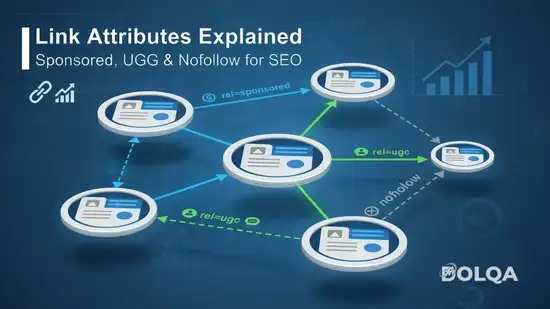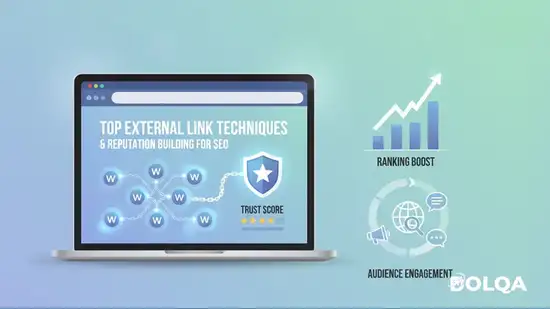Introduction
The PageRank algorithm, developed by Larry Page and Sergey Brin at Google, is a foundational concept in search engine optimization (SEO). It provides a mathematical framework to assess the authority of web pages based on their inbound and outbound links. Understanding PageRank is essential for anyone looking to improve website ranking, optimize link equity, and build an effective external linking strategy.
What is PageRank?
PageRank is a mathematical model that quantifies the importance of a webpage by analyzing the number and quality of links pointing to it. The underlying principle is simple: a link from a high-authority site carries more weight than a link from a low-authority site. This concept allows search engines to prioritize pages with more credible references in search results.
Key Components of PageRank
1. Link Equity
Link equity (sometimes called "link juice") is the value or authority a webpage passes to another through hyperlinks. The more authoritative the linking page, the more link equity is transferred. SEO strategies focus on:
Obtaining links from high-quality sites
Ensuring links are relevant and contextual
Avoiding links from spammy or low-quality websites
2. Damping Factor
The damping factor is a probability value, typically set to 0.85, which accounts for the chance that a user randomly clicking on links will continue navigating the web. It prevents infinite loops and ensures PageRank distributes authority realistically across pages.
The simplified formula is:
PR(A) = (1 - d) + d * (PR(T1)/C(T1) + ... + PR(Tn)/C(Tn))Where:
PR(A) = PageRank of page A
d = damping factor
PR(Ti) = PageRank of pages Ti linking to A
C(Ti) = number of outbound links on page Ti
3. PageRank Formula in Practice
By applying the PageRank formula, SEO professionals can predict the relative importance of pages and identify which pages are most influential in terms of link authority. This helps in:
Structuring internal links effectively
Planning external backlink campaigns
Optimizing for high-value pages
Practical Implications for SEO
Link Building Strategies
To leverage PageRank in SEO, focus on these external link building strategies:
Guest Posting: Contribute high-quality content to reputable websites.
Content Marketing: Create authoritative content that naturally attracts backlinks.
Broken Link Building: Identify broken links on relevant websites and suggest your content as a replacement.
Skyscraper Technique: Build content superior to existing high-performing pages to attract links.
Reputation Management
A page's reputation and trustworthiness significantly influence its PageRank. To maximize link authority:
Maintain high content quality
Avoid black-hat SEO tactics
Encourage social sharing and citations
Performance Metrics and Updates
PageRank values are updated regularly by Google, reflecting changes in link structure and web authority. SEO professionals should track:
Domain Authority (DA) and Page Authority (PA)
Number and quality of referring domains
Link diversity and relevance
By continuously monitoring these metrics, webmasters can refine their strategies and improve overall site visibility.
Conclusion
The PageRank algorithm remains a cornerstone of SEO strategy, providing insights into link authority, equity distribution, and web reputation. By understanding and applying PageRank principles, webmasters can enhance search engine rankings and build a robust link profile.
Source: Dolqa – Technical SEO, Backlinks, and Link Building






Comments (0)
Leave a Comment
No comments yet. Be the first to comment!